
 |
|
|
|
#1 |
|
Junior Member
Регистрация: 01.2006
Проживание: Thule island
Сообщений: 13
|
Anthropological Types
Bruenn survivors in Scandinavia 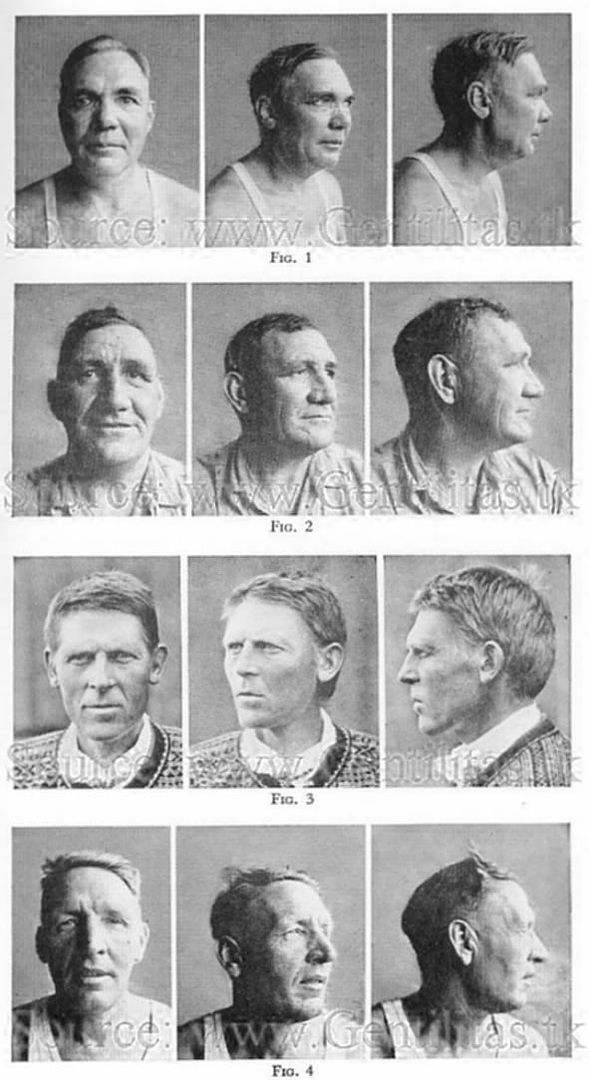 Borreby survivors in the north 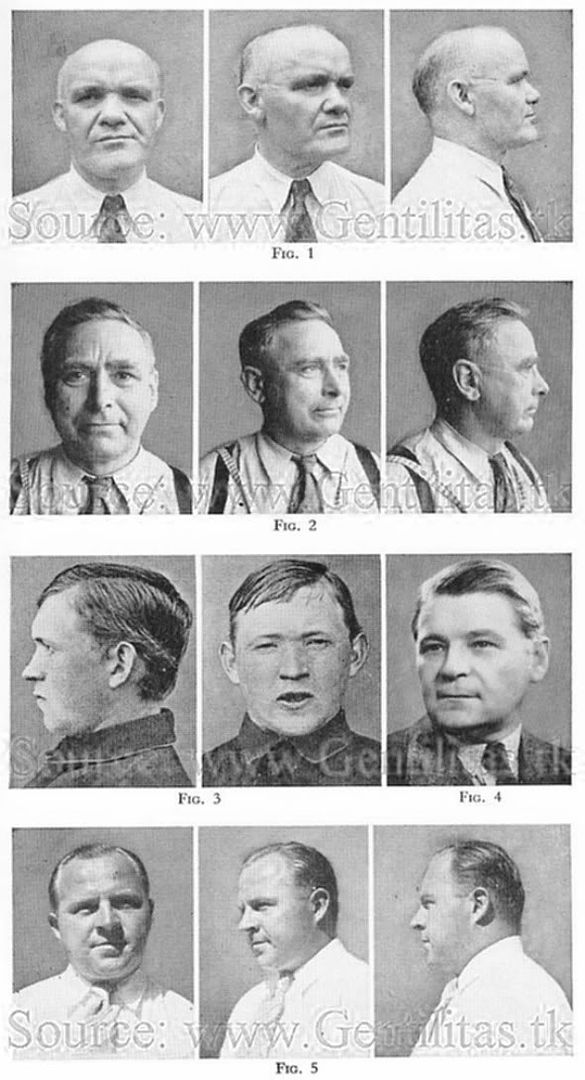 Borreby men in Germany and elsewhere  East Baltics 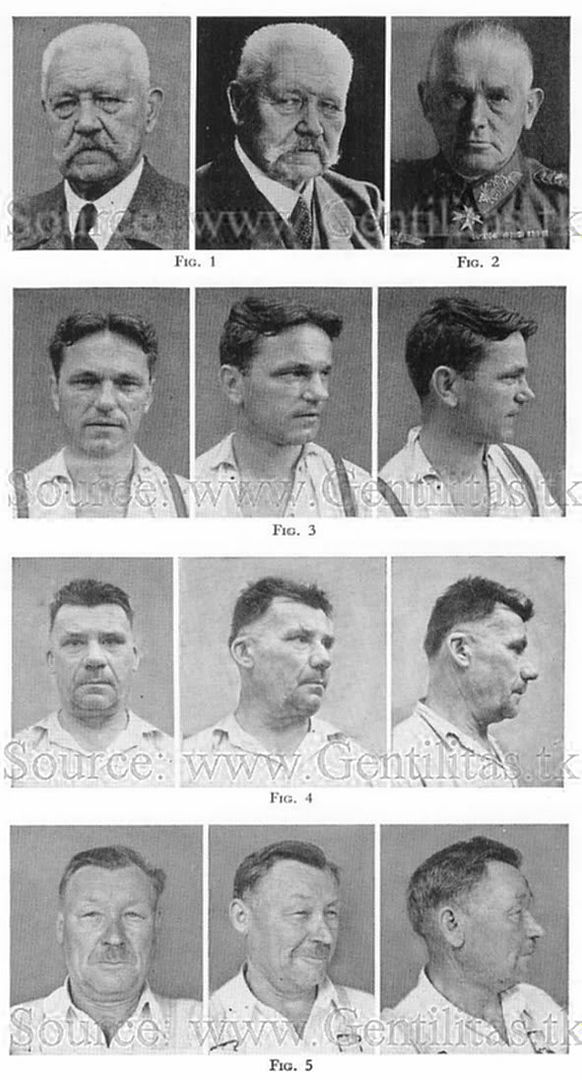 Carpathian and Balkan Borreby-like type 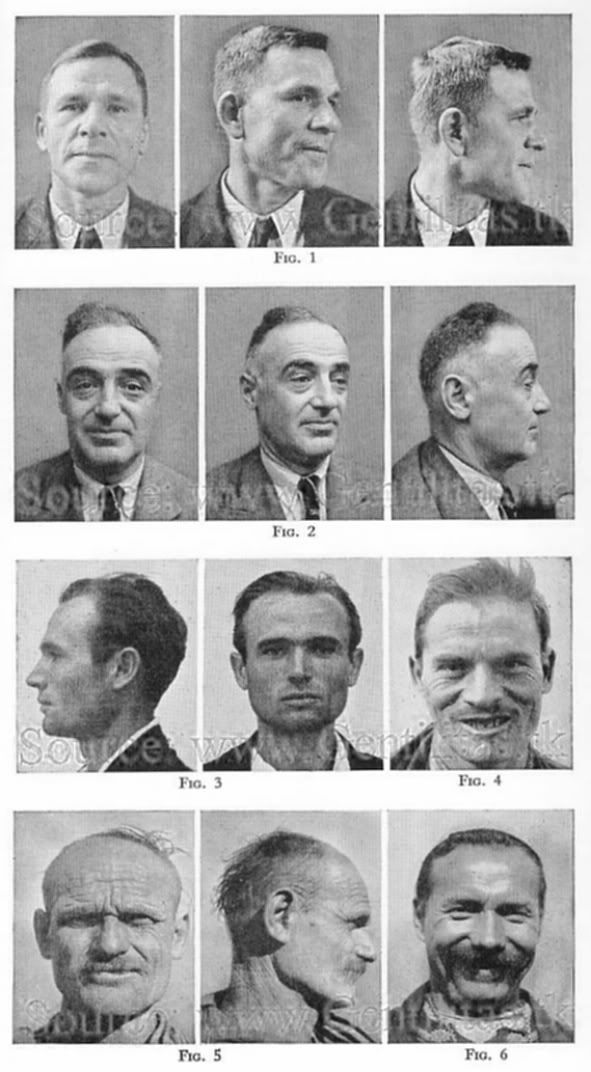 Upper Palaeolithic survivals in Ireland 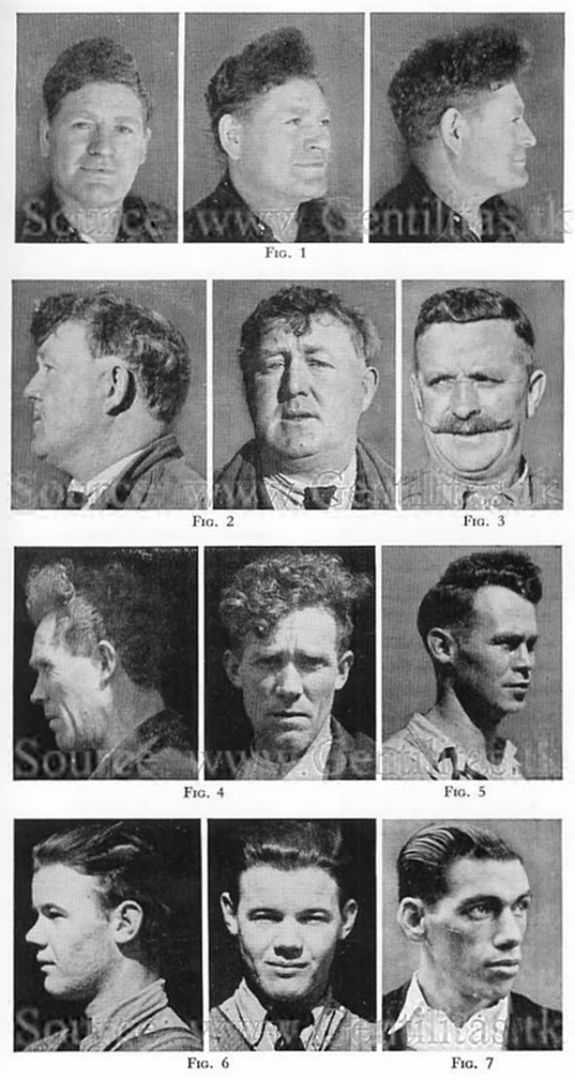 The Nordic race- Examples of Corded predominance 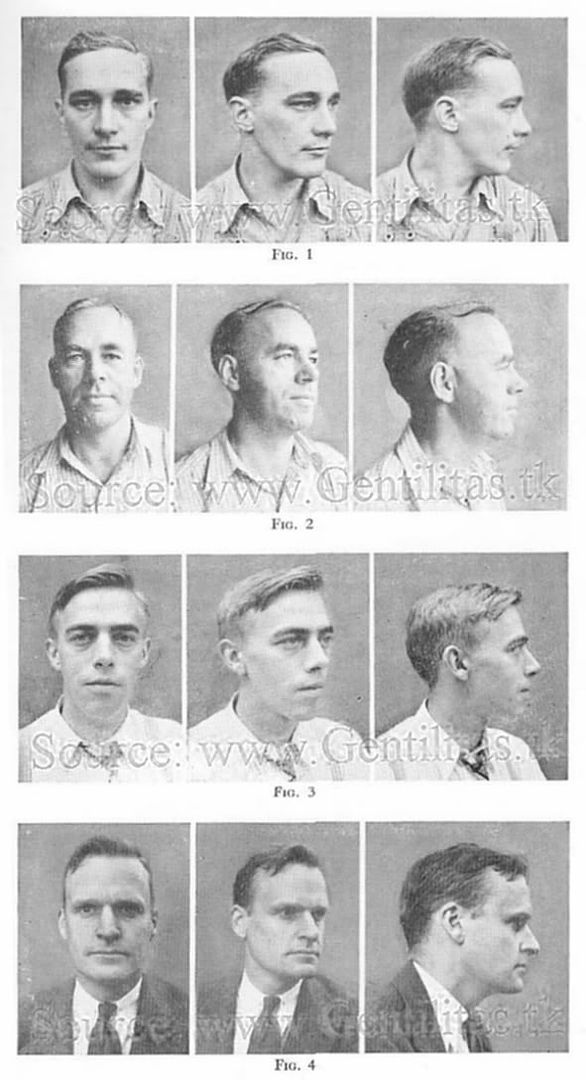 The Nordic race- examples of Danubian predominance 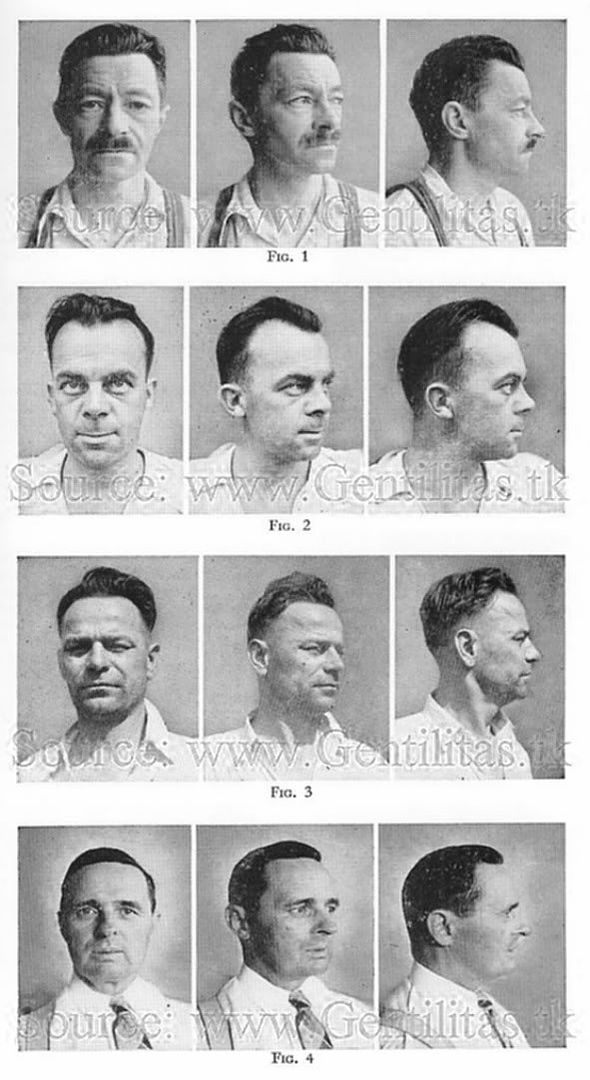 The Nordic race- Hallstatt and Keltic iron age types 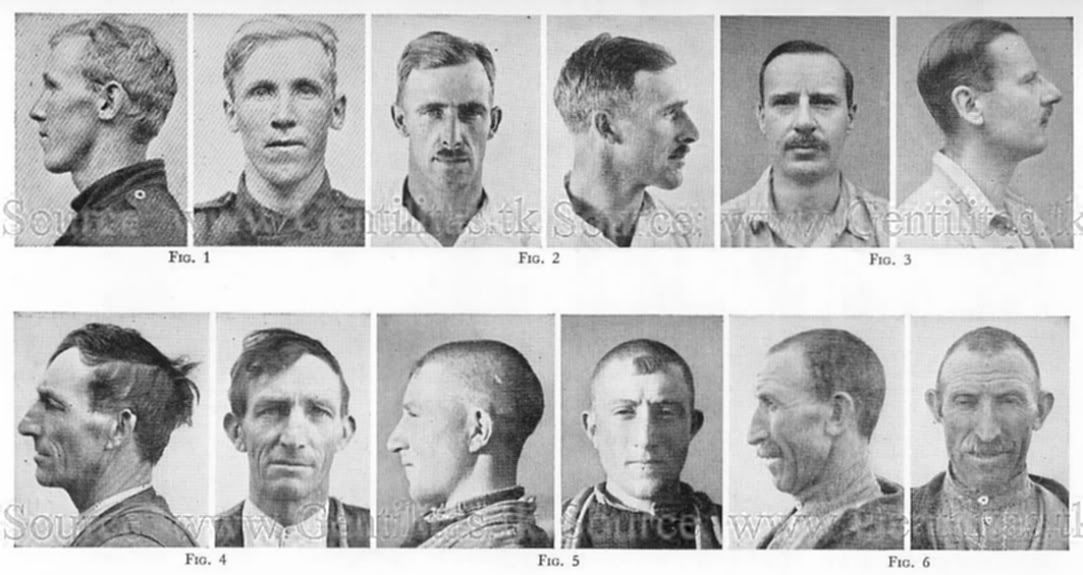 Exotic Nordics 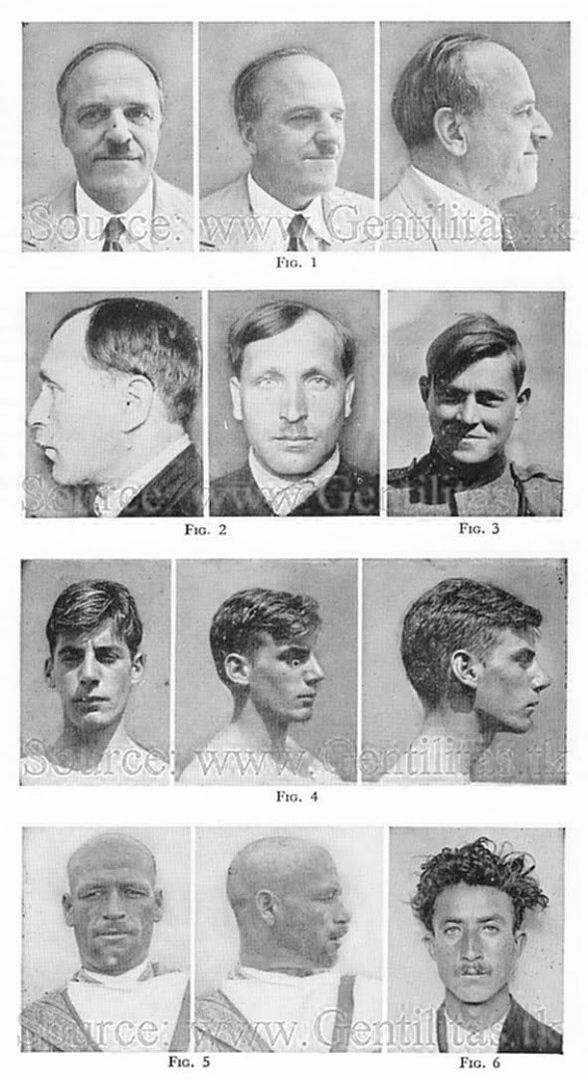 Nordics altered by northwestern European Upper Palaeolithic mixture-I 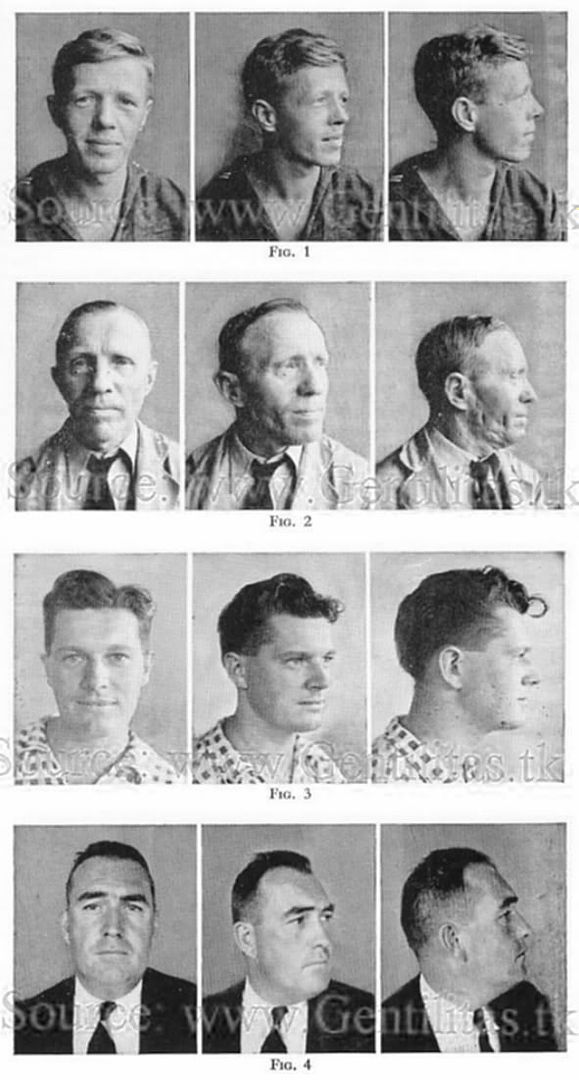 Nordics altered by northwestern European Upper Palaeolithic mixture- II 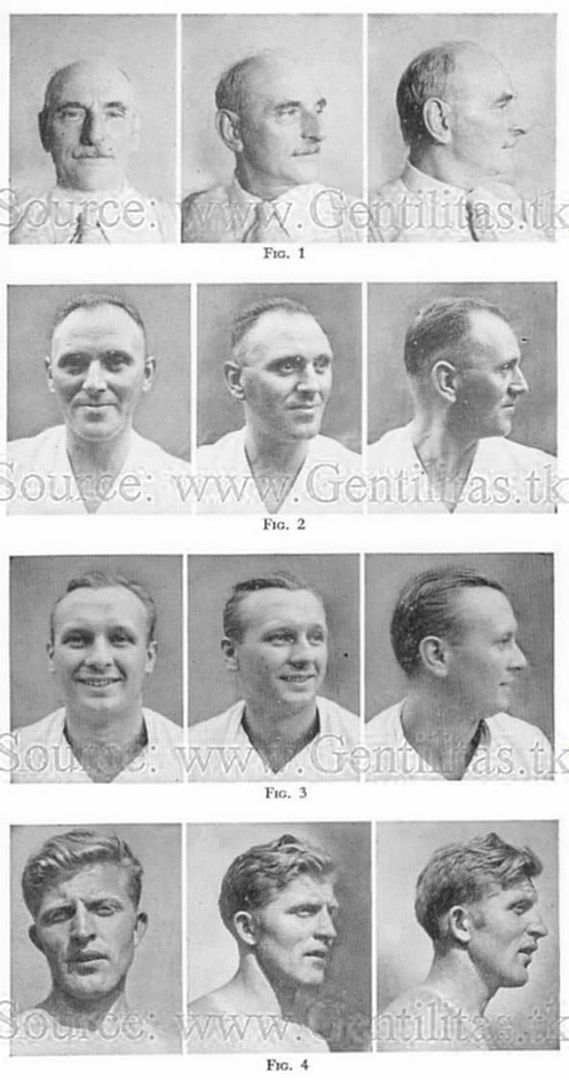 Nordics altered by mixture with south-western Borreby and Alpine elements 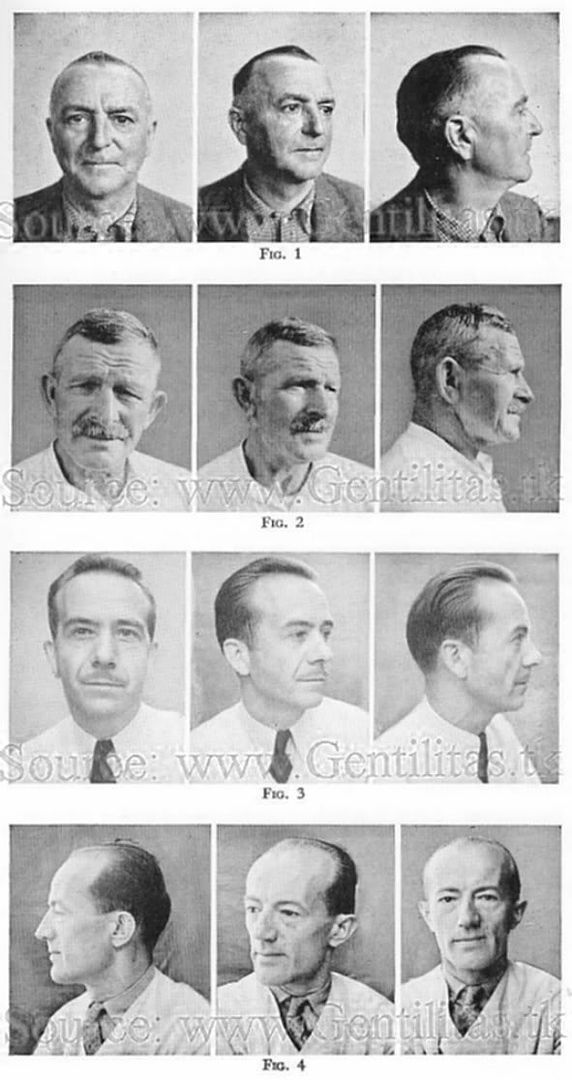 The principle of Dinaricization  A selection of scannings from the book 'The Swedish Nation and Racial Types' by Herman Lundborg 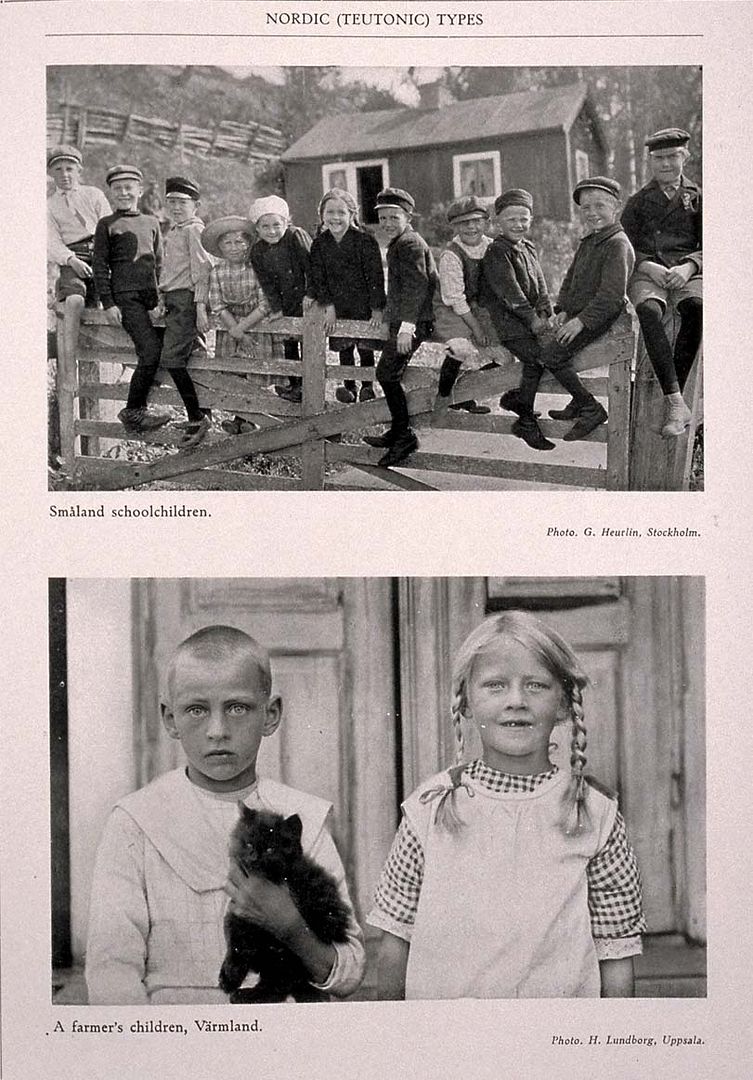 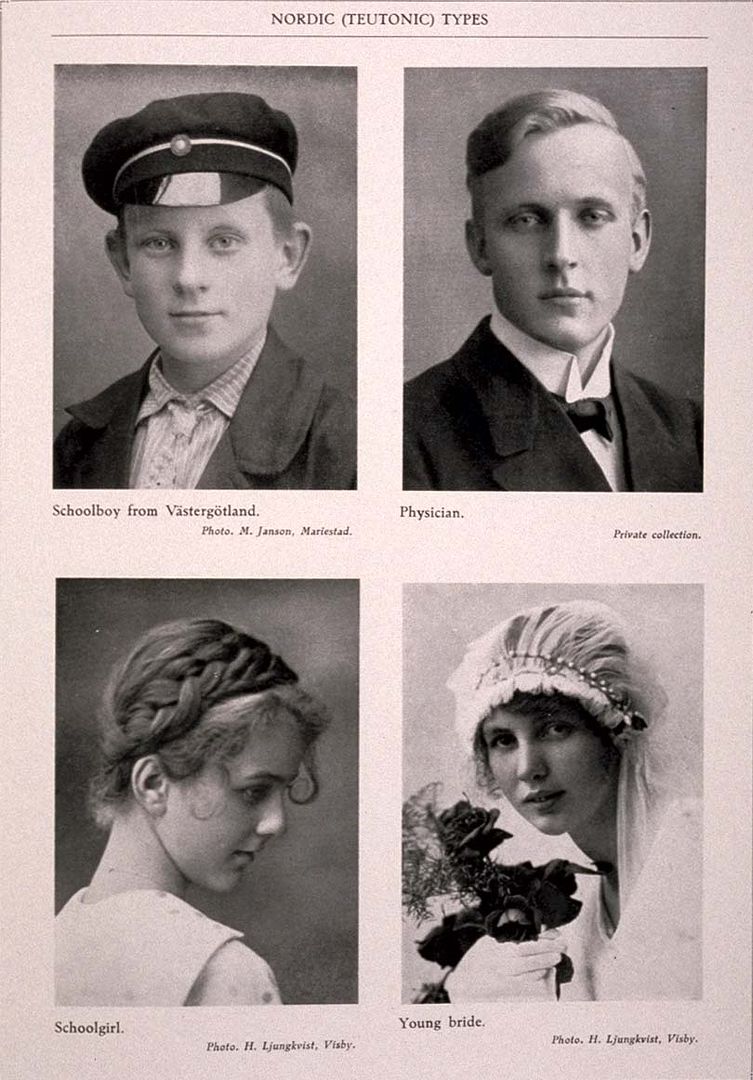 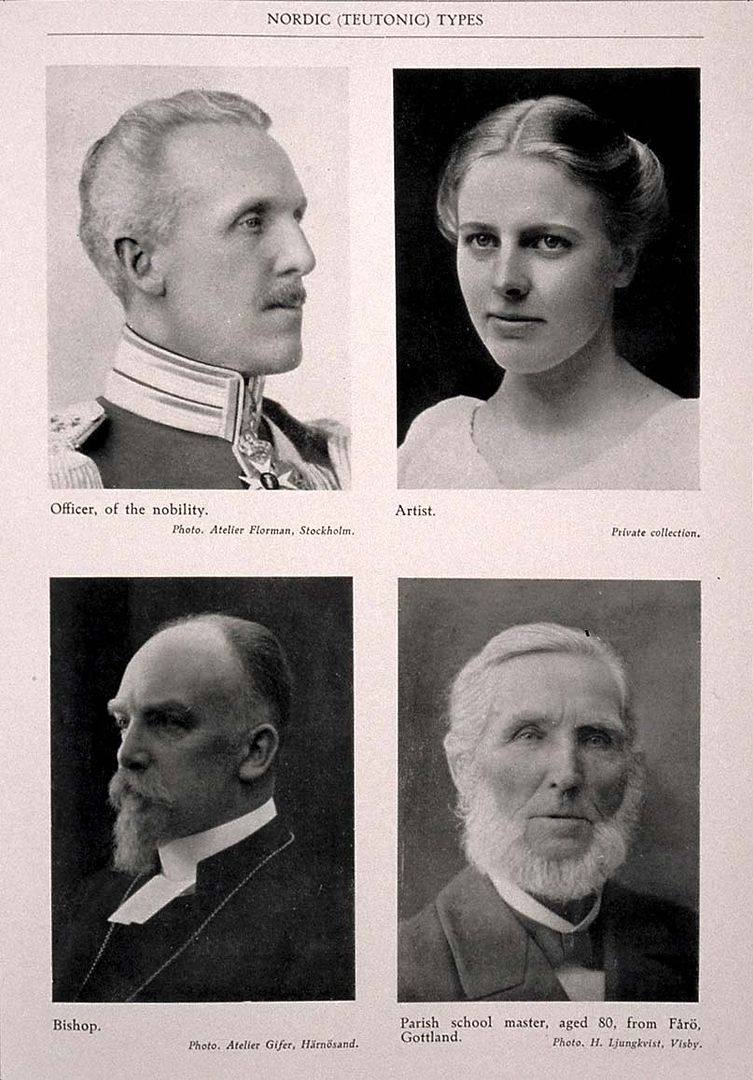 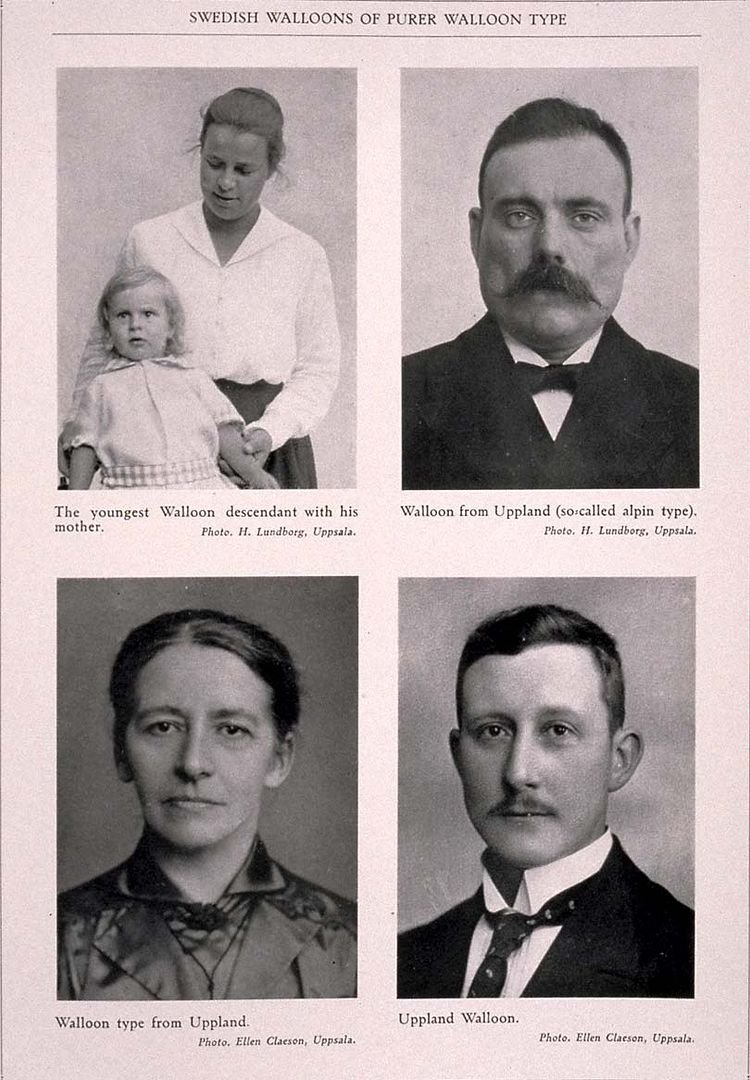 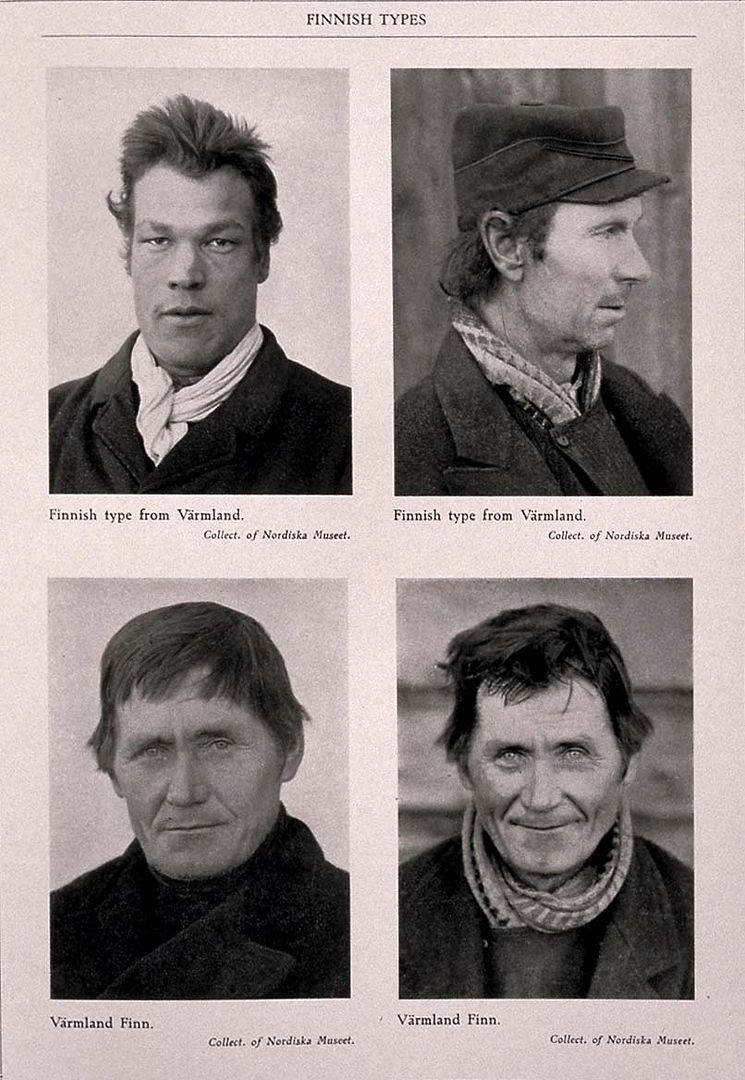 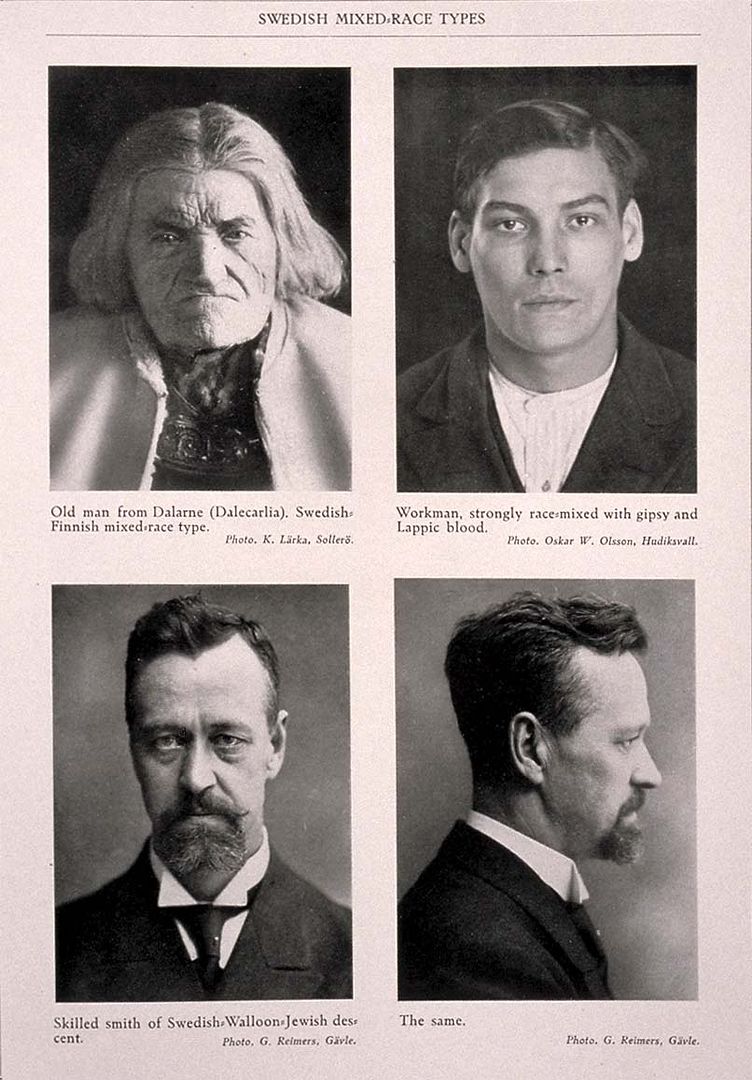 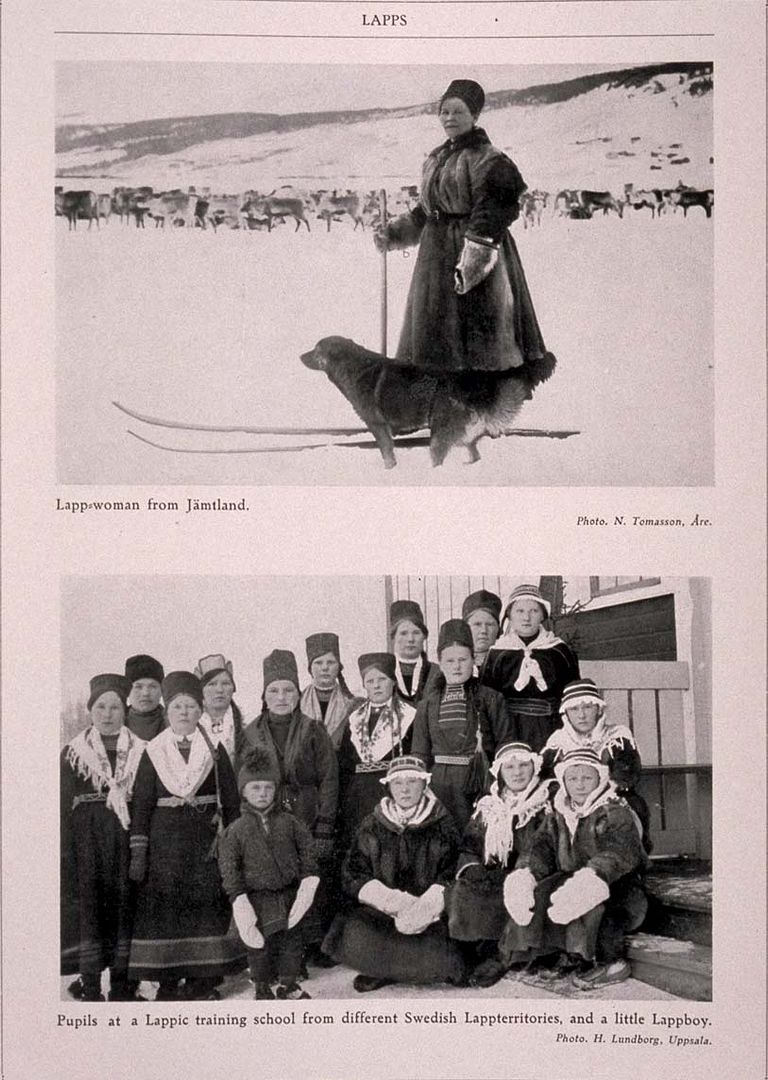 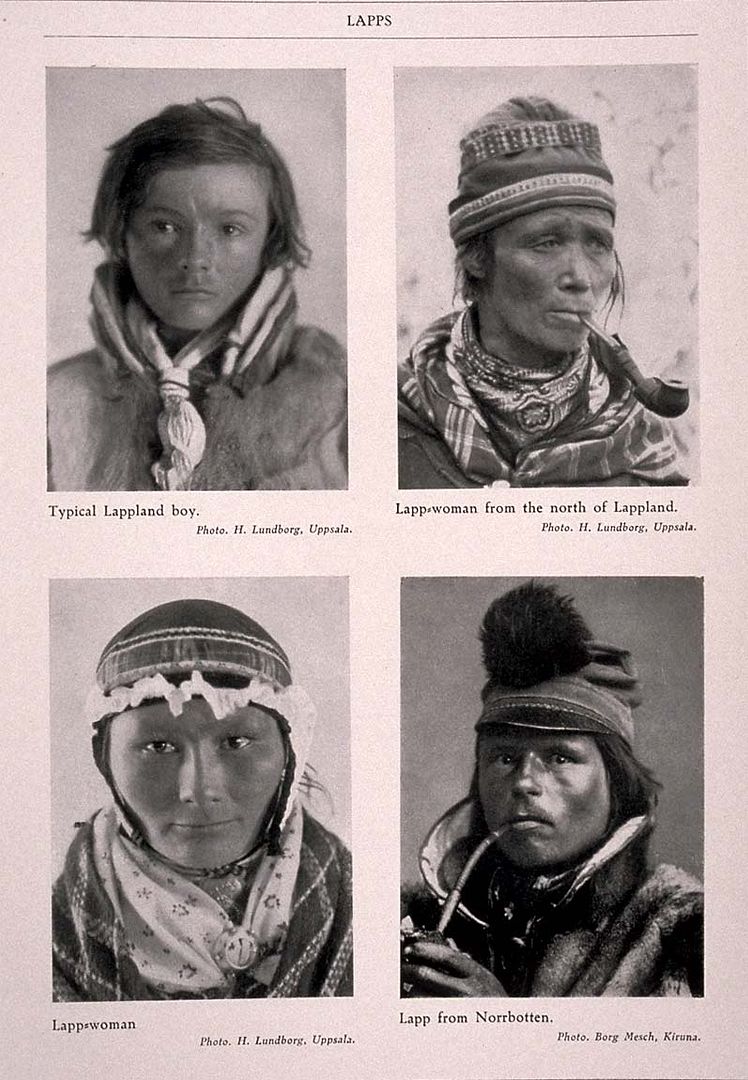 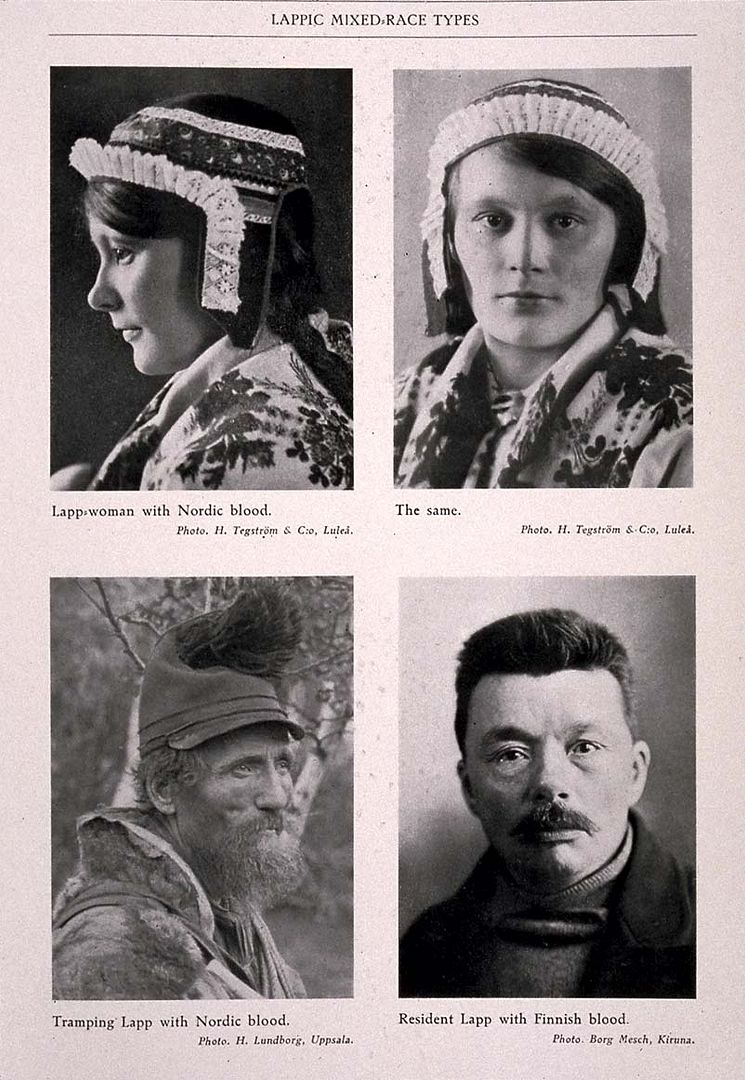 J. Czekanowski plates Nordic race 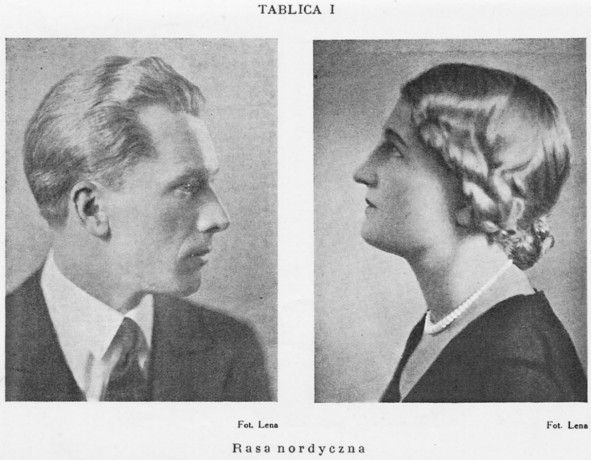  North-West type (Med/Nor intermediate) 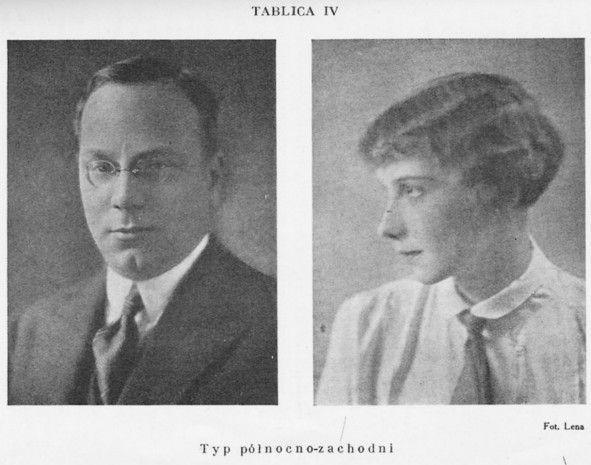 Subnoridc type (Nor/Lap) 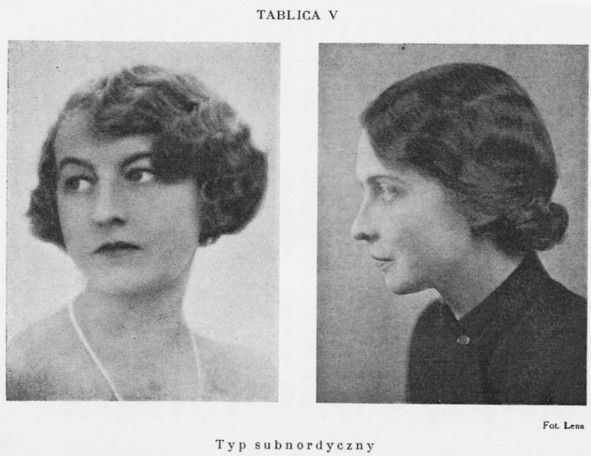 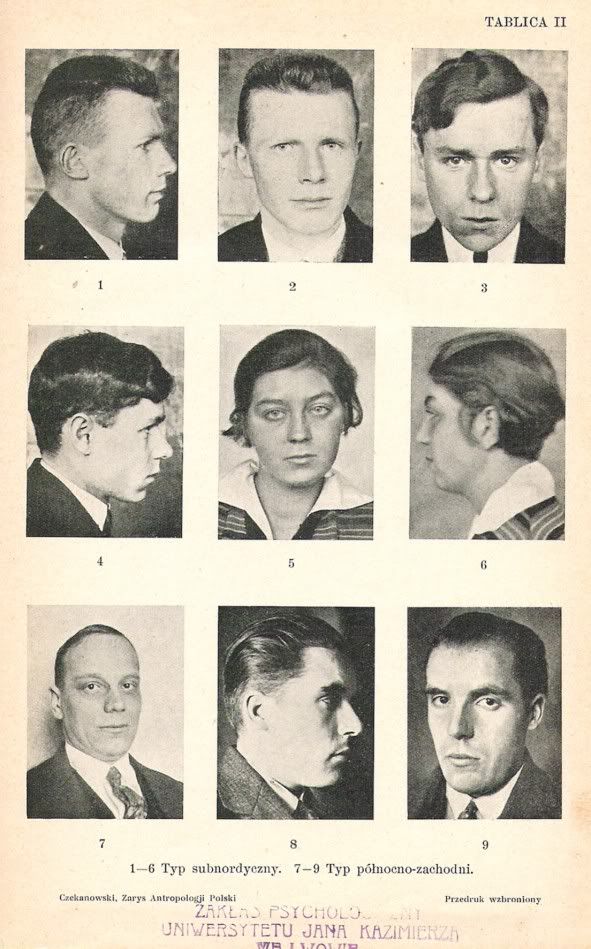 Dinaric types (Arm/Nor) 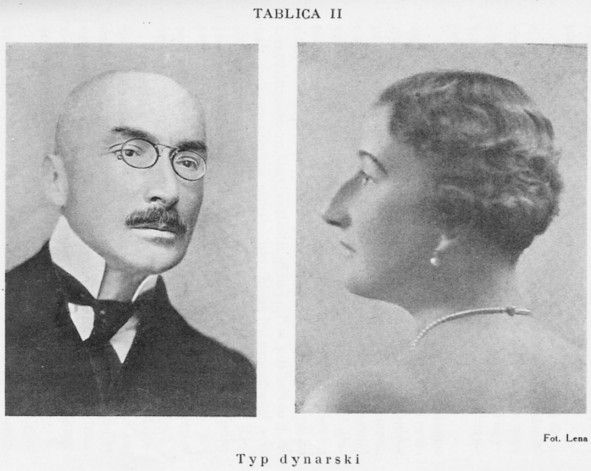  [Cromagnonids] Laponoid, Preslavic type 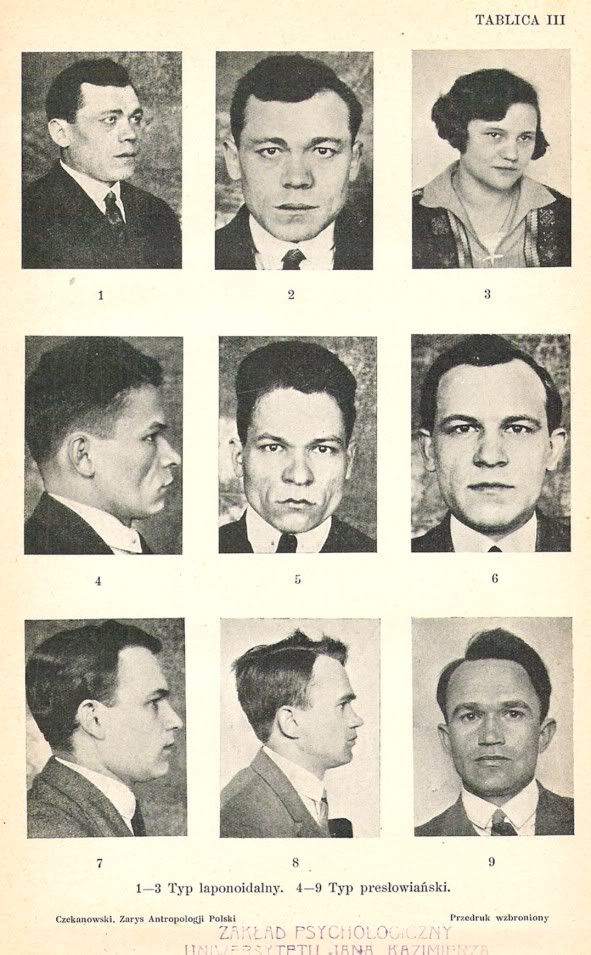 Descriptions: Brünn Etymology: Brünn, or Brno, is a Czech city and archaeological site where Upper Palaeolithic skeletal remains were discovered, certain skull types among which were named after the site. Other names: [-] Origin: Unreduced, partly brachycephalized, and mostly depigmented Upper Palaeolithic survivor, related to the Borreby type. Occurs in varying solution with Nordic and Borreby. Description: Brünns are typically tall, broad-shouldered, and large-headed, with big bones and heavy musculature. The type is usually quite easily distinguished from other local types, especially in Ireland, where it enjoys the company of the shorter-statured and more narrow- and fine-featured Keltic Nordic. The modern Brünn inhabitants of western Ireland are mesocephalic to sub- brachycephalic, while their Scandinavian counterparts are remarkably long headed for a European group. This deviance may be due to the presence of a short-headed strain (perhaps Borreby) in the former, assuming that the original Brünn skull was dolichocranial. The forehead is high and broad, the face wide and often orthognathous in the Irish type. The malars are wide, the lower jaw deep and broad, and the chin is prominent and typically clefted. Male Brünn facial features can be very ruggedly masculine, often with exaggeratedly pronounced browridges and deep jaws; the degree of sexual dimorphism is high, and a corresponding ruggedness is seldom observed among the females. These are typically rounder-featured and larger-breasted than the European mean. The nose is moderately large, mesorrhine to leptorrhine, and straight in profile, with a considerable concave minority. The tip is somewhat thick, and frequently upturned. The mouth is large and the lines around the oral cavity are deeply drawn, while the lips are moderately thick and little everted. The upper lip is characteristically long and convex; these 'Irish' features are often exaggerated in caricature. The skin, typically freckled, is very fair, and does not easily tan. The hair is brown and wavy, and often rufous (the Irish Brünn is known for its frequent red-headedness). Curly hair seems to be an Irish specialty, as it is not common with the Scandinavian type. The eyes are light-mixed blue in the great majority of cases. Illustrations: The main photo section deals with the most distinct, typical cases, where there is little doubt as to the subracial classification of the individuals. Note, however, that these cases represent a minority within the racial types to which they belong; 'typical' does not mean 'common'. Recent examples (celebrities):   Geographical distribution: Western Ireland - Cork and Kerry in particular - houses the only living Brünn population in the world today, and this element accounts for nearly half of the Irish racial composition on the whole. The Irish Brünn type has added an important increment to the Icelandic population, which already contains a predominant Brünn strain through the presence of the western Norwegian Trønder type of Viking descent. An aboriginal Brünn population has also merged with the Germanic settlement in the Frisian and northwestern German country, where its descendants take the form of an altered Hallstatt Nordic, a type referred to as Anglo-Saxon. This mixed strain has played an important role in determining England's present racial situation. The survival of Upper Palaeolithic Brünns in Scandinavia is only of some importance, and there are no true populations here, although individuals may frequently be found along the southern Swedish coast, especially in the neighborhood of Göteborg. Scandinavian individuals of Brünn type are probably representative of the old western Scandinavian population prior to the arrival of the Nordics, many of whom were incorporated into the Brünn racial body, yielding the intermediate Trønder type. Percentage estimates of Brünn in European populations (McCulloch): Ireland: ....................... 40% (mostly in the west) Iceland: ...............-..-.-. 15% Scotland: ..............-.......- 5% England: ......................-. 5% Specialized types: - Irish Brünn - Scandinavian Brünn Borreby Etymology: Borreby is the name of a Danish village and archaeological site where large brachycephalic skulls of this type were unearthed. Other names: - blond brachycephal, the (Arbo; includes all blond brachycephals) - "East Baltic" (Schreiner; erroneous identification with this type) - "Finnoid" or "Finno-Lappoid" (Arbo; erroneous identification) Origin: Unreduced, brachycephalized, and depigmented Upper Palaeolithic survivor, related to Brünn on the one hand and Alpine on the other (the present racial affiliation is mostly with the former). The Borrebys are derived, historically, from the old northwestern European hunting and fishing population, in which the Brünn type was also an important element. In many places, such as the Norwegian coastal district of Jæren, the ancient Borrebys were the first humans to settle permanently (during the late Mesolithic), which makes them true northwestern European aboriginals. In modern times the Borreby type is found nowhere as a true population, except perhaps in Jæren and on the island of Fehmarn, off the German coast, where it exists in relative purity. Elsewhere it is strongly diluted with other elements, especially Nordic (see Fälish). Description: The Borreby type is one of northern Europe's most influential (in the racial sense) Upper Palaeolithic survivors. It is, like its relative the Brünn, big-bodied and large-headed, and lateral in most features; the Borreby is very tall, muscular, and usually quite heavy, with a tendency to fatness. The head form is brachycephalic (c.i. typically 82-84), and the occiput is nearly vertical and often slightly flattened. The temporal bones are weakly curved, but parietal tuberosities are usually strong. The forehead is broad, only slightly curved, quite high, and usually of but little slope. The Borreby face is typically square in appearance - due mostly to the great mandibular width and the prominence of the frontal and parietal tuberosities - while round faces are almost as common. The jaw is rather deep, and the browridges of moderate size. The face is usually short, broad, and somewhat flattish, with a strongly ortognathous profile. The nose profile is straight in about 5/6 of cases, and concave in the remainder; convexity is not common. The nose form is mesorrhine to leptorrhine. The hair is typically golden blond to light or medium brown. The total Borreby hair shade range runs from ash blond to dark brown, and the latter category accounts for some 30% of cases. Blue eyes are in the majority, but mixed and grayish blue are also common. Illustrations: The main photo section deals with the most distinct, typical cases, where there is little doubt as to the subracial classification of the individuals. Note, however, that these cases represent a minority within the racial types to which they belong; 'typical' does not mean 'common'. Examples :     Geographical distribution: The greatest center of Borreby concentration lies in northern Germany, and in the southern part of the Danish peninsula. In the midst of this zone lies the island of Fehmarn, which houses a population of exaggerated Borreby phenotype and extreme head dimensions (Fehmarner type). The Borreby is found as a major population element across the entire northern German plain, and a secondary center, which has now more or less disappeared, is located in the southwest, in the vicinity of Stuttgart. The Scandinavian extension of the Borreby population is concentrated in the coastal areas, especially in Jæren in western Norway (Jæren type), and in the southwestern part of Sweden, near Göteborg. The Borreby racial zone is transitional to the Alpine zone in the southwest, and to the Ladogan in the east. The former transition has given rise to an intermediate Alpine-Borreby type, Walloons type, the latter to a composite type known as East Baltic. Percentage estimates of Borreby in European populations (McCulloch): Denmark: --------.....-------40% Belgium: ------------------..35% Germany:----------------.-..25% (m. in the north + Ruhr & Rhine valleys) Iceland:----------------.....-22% Netherlands:-----------...----20% (mainly in the coastal districts) Luxemburg:----------------..15% (much blended with Alpine) Norway:-----------------....-10% (mainly in the s-w, esp. Jæren) Sweden:------------------...10% (mainly in the s-w) Ireland:------------------.....9% Scotland:------------------..-4% (mainly in the highlands) England:------------------....3% (mainly of Viking and Norman descent) France:------------------....-3% (mainly in the n-e) Specialized types: - Fehmarn type - Jæren type Related types: - Walloons type - East Baltic Hallstatt Nordic Etymology: Hallstatt is the name of an Austrian village and a nearby archaeological site where extensive skeletal remains were discovered. This region seems to have been the seat of the Hallstatt Nordic racial type prior to its northward migration ca. 3000 B.C. Other names: - Germanic type (popular anthropology) - Gцtatyp (Bertil Lundman; Sw., "Gothic type") - Norrшn type (K.E. Schreiner; Norw., "Norse type") - Teuto-Nordic (Paudler) - Шsterdal type (Halfdan Bryn; Шsterdalen is a long valley in eastern Norway) Origin: Relatively unmixed Nordic or proto-Nordic (Danubian and Battle-Axe types) agriculturalists of Indo-European language and tradition who settled in Scandinavia and northern Germany ca. 3000 B.C., following a central European sojourn. Many would later, organized in Germanic tribes, proceed to invade central and southern Europe. Description: The Hallstatt Nordic is the 'classic' Nordic racial type, and lies metrically close to the original central European Nordic type preserved in Iron Age skeletal material. The typical Hallstatt Nordic is tall and lean, with relatively long legs and a short body, moderately broad shoulders and relatively short arms. The impression is of a long and slender type, and corpulence is rare among individuals. The face is oval to slightly rhomboid in shape, with a narrow, somewhat sloping forehead - but much less so than is the case with the Keltic Nordic type - and browridges which are present but rather weakly developed. The nasion depression is moderate, while the nose, which is typically parallel in slope with the forehead, is mostly straight or slightly convex, with a high incidence of wavy forms. The nasal index is leptorrhine, and there is usually a noticeable transition from the nasal skeleton to the soft parts of the nose. The lower jaw is long and deep with a well-developed chin, and the distance from the lower teeth to the chin is remarkably great. The gonial angles are compressed and usually not visible. The malars are small, and the zygomatic arches bowed outward to some extent. The mouth is small and the lips rather thin. The cephalic index mean of the modern Hallstatt Nordic is mesocephalic (cephalic index ca. 77), although dolichocephaly is not uncommon among individuals. The head, when seen from above, looks like a long oval, somewhat flattened on both sides. The occiput is curved or projecting. The skin, which is a pinkish white, is typically fine-textured and thin. This thinness has the effect of pronouncing the bony parts of the face and making the muscles of the body stand out in relief. The bones of the Hallstatt Nordic, and of the Nordic race as a whole, are small in comparison to the Brьnn and Borreby races and the various blended Nordish types. The hair color of the Hallstatt Nordic is characteristically and almost exclusively blond, with ash-blond shades in one-third to one-half of the cases, the remainder having golden blond to medium brown shades. Rufosity is virtually absent. There is a small brunet minority, but this may not necessarily have its origin in non-Nordic admixture. One must assume that not all Nordics experienced an equal degree of depigmentation. The Nordic eye is typically light-mixed blue, with a large pure light-eyed minority. Here also there is a small dark-pigmented minority. Illustrations: The main photo section deals with the most distinct, typical cases, where there is little doubt as to the subracial classification of the individuals. Note, however, that these cases represent a minority within the racial types to which they belong; 'typical' does not mean 'common'. Examples :     Geographical distribution: The Hallstatt Nordic type is found in its greatest concentration on the Swedish plain and in the long valleys and lowlands of southeastern Norway, a territory which was virtually empty before the Nordics arrived there ca. 3000 B.C. As a result, non-Nordic admixture has not been extensive. Carleton Coon described Sweden and eastern Norway as a refuge for the classic Nordic type. Hallstatt Nordics, in the strict sense, are found everywhere in Scandinavia, and the type has blended, to a certain extent, with the Keltic type in Britain and the Be-Ne-Lux countries. The type is inseparably tied to the ancient Germanic migrations, and Hallstatt Nordic individuals may be found anywhere where there are traditions of Vцlkerwanderung settlement. Percentage estimates of Hallstatt Nordic in European populations (McCulloch): Sweden:--------.----------.--.70% Norway:-------------------..--30% Denmark:----------------...--.20% Finland:-----------.....---.----15% Netherlands: ------------------10% England:...............................8% Scotland:...........................-...5% Austria:..........................--.....5% Poland:------------------------5% Germany:------------------.----4% Ireland:------------------------1% Specialized types: [-] Related types: - Keltic Nordic Keltic Nordic Etymology: Although the Kelts, during their migrations in Europe and elsewhere, brought with them a conglomeration of physical types unified under one language and one culture, this special Nordic type seems to have represented by far the most numerous racial element, and was probably (to some extent) phenotypically representative of the Kelts as a whole. Other names: - Iron Age Nordic (Coon; used as an alternative to Keltic Nordic) Origin: Central European Nordic slightly modified through divergent evolution, and possibly by absorption of Alpine, Dinaric and other non-Nordic strains, to greater extent than what is the case with its Scandinavian counterpart. Description: To an American, Englishman, or Belgian, the Keltic Nordic phenotype represents a "normal" or "average" appearance. Likewise, in the minds of those who are neither American, English, nor Belgian, nor belonging to any other predominantly Keltic population, the Keltic look will usually stand synonymous with the descriptive tags "American" or "English". This is the most numerous of the two Nordic types - a type which gains in variability with the constant infusion of non-Nordic blood, particularly in North America and Australia. Thanks to one of the most popular phenomena of the 20th Century, the Silver Screen, the Keltic Nordic is quite possibly the most recognized and familiar of all Nordish phenotypes throughout the world. The modern Keltic Nordic type is tall, slender, and moderately broad-shouldered. The head form is typically mesocephalic, with a mean cephalic index of 79, which is slightly higher than the present Hallstatt mean. Nordics of this type are low-vaulted, with foreheads of much greater recession than those of the Hallstatt type. The Keltic face is long and narrow, and the chin is strongly developed. The temples, malars, and gonial angles are typically compressed and not visible. The nose is long and high-bridged, and narrow to medium in breadth. The profile is usually straight, but wavy or concavo-convex forms are also common. The characteristic prominence of the Keltic nose is a good diagnostic for distinguishing between extremes of the two Nordic types. The lips are thin to medium, and little everted. The hair, which ranges in color from a blackish brown to a platinum-like ash-blond, is most commonly medium brown in pigment. Keltic hair is generally of a much darker tone than what is common among Hallstatt Nordics, a fact well illustrated by some the more recent photographic material presented below. The eyes are predominantly light-mixed. Illustrations: The main photo section deals with the most distinct, typical cases, where there is little doubt as to the subracial classification of the individuals. Note, however, that these cases represent a minority within the racial types to which they belong; 'typical' does not mean 'common'. Examples :    Geographical distribution: Modern Keltic Nordic populations are descended from Keltic and Frankish tribes on the northwestern European mainland and on the Isles across the British Channel. The type is concentrated in the British Isles and in the Benelux nations, and an old Keltic enclave in the Swiss Alps forms a secondary center. Elsewhere, the Keltic Nordic racial type has found breeding ground overseas in North America, down under in Australia, and in South Africa, and it still figures as the predominant Caucasian racial type in most extra-European British and Dutch former colonies. Percentage estimates of Keltic Nordic in European populations (McCulloch): Belgium: --------.------------_.-60% (mostly in Flanders) Netherlands: ------------------.--50% Switzerland:----------------.--..--40% (mostly in the north, west, and center) England:----------------...-------30% Scotland:------------------------.30% Ireland:------------------.-------30% (mostly in the east) Wales:------------------.-------.30% Austria:------------------.-------15% Germany:------------------.------6% (mostly in the old Frankish s-w) Specialized types: - Aran type - urban British type of Noric-like affiliation Related types: - Hallstatt Nordic Anglo-Saxon Etymology: As suggested by the name, this racial type is associated with the Germanic tribes - the Angles, the Saxons, and the Jutes - renowned for their invasion of the British Isles in the fifth century. Anglo-Saxon has become its standard designation here and elsewhere. Other names: - Frisian type - Old Germanic Reihengrдber type Origin: Iron Age Hallstatt Nordic altered by mixture with Upper Palaeolithic Brьnn elements, yielding a predominantly Nordic intermediate. Additional Borreby and Battle-Axe ("Corded") strains are of some importance. Description: This tall, broad-shouldered and characteristically blond type is - morphologically - an overgrown Hallstatt Nordic, with a large head and face, as well as more than average-sized hands and feet. The face is long, and shows a marked skeletal relief, giving it a somewhat rugged and angular impression. The nose is large, very leptorrhine, and usually straight, with a convex minority. The lips are rather thin. The Anglo-Saxon type is over-all mesocephalic, with a minor tendency towards brachycephaly undoubtedly caused by the Upper Palaeolithic strains. Likewise, the forehead is high and the browridges heavy, and the jaw is prominent. Both Brьnn and Borreby features are visible. The Anglo-Saxon hair color range runs from golden blond to medium brown, with the latter in the majority. There is a minor tendency towards rufosity, but much less so than is the case with the Trшnder type, with which the Anglo-Saxon may be compared in many respects. The eyes are pure blue or light-mixed. Illustrations: The main photo section deals with the most distinct, typical cases, where there is little doubt as to the subracial classification of the individuals. Note, however, that these cases represent a minority within the racial types to which they belong; 'typical' does not mean 'common'. Examples :    Geographical distribution: The Anglo-Saxon type is found in its greatest number today in the British Isles, and particularly in southeastern England (East Anglia), where it is represented by the descendants of the western Germanic peoples whose 5th Century Vцlkerwanderung conquest led to the introduction to the Isles of Germanic language, culture, and identity, all of which still prevail and have had a massive influence on the shaping of the modern world. Second, the Anglo-Saxon type is found in its original habitat, in Frisia, where Germanic Nordics settled among and interbred with the local Upper Palaeolithic population. Frisia and the adjoining territories are still associated with the Frisian tribesmen and their relatives the Angles and the Saxons, most of whom belonged to this altered Nordic type. Percentage estimates of Anglo-Saxon in European populations (McCulloch): England: --------.-----------_.--.20% Scotland: ------------------.-..---10% Netherlands:----------------.-----10% Germany:----------------...-------5% Denmark:-------------------------5% Ireland:------------------.-------.1% Specialized types: [-] Related types: - Hallstatt Nordic Trønder Etymology: Trønder is the Norwegian designation for any inhabitant of Nord- and Sør-Trøndelag, two central Norwegian provinces which constitute an important part of the racial zone in question. Other names: - North Germanic mesocephal (K. E. Schreiner) - Vestlandstype (Larsen; No., "western country type") Origin: Iron Age Hallstatt Nordic in combination with Upper Palaeolithic Brünn elements, yielding a blend in which both strains are present, but to varying degrees. A Neolithic Battle-Axe type (Coon's "Corded") is believed to play an important part in the mixture, and the high mesocephaly so common with the Trønder type seems to be the remnant of a suppressed brachycephalic type, without doubt Borreby. Description: The Trønder is a variable racial strain, ranging in type from large, Irish-looking Brünn individuals and tall, slender Battle-Axe survivors, to almost completely Nordic populations. This range is well represented throughout the population of western and central Norway - the Trønder homeland - from out which wandered the hordes of Vikings who came to settle parts of Iceland, Scotland, and northeastern England more than a thousand years ago, leaving an important racial imprint abroad. The two central Norwegian Trøndelag provinces, Nord- and Sør-Trøndelag, form the northern geographical extreme of the Trønder type, which is mostly Nordic and very high-vaulted, most probably due to the presence of a strong Battle-Axe strain. This type is concentrated in the valley of Orkdal in Sør-Trøndelag, and predominates north of the Dovre mountains from Nordmøre eastward into Sweden (Jämtland). The western Norwegian inland contains a similar population, albeit one in which the Brünn element is much stronger and the Battle-Axe strain is at times negligible. One exeption to this western rule is the population of Hardanger, which is strikingly long-headed, and which seems to be of predominantly Battle-Axe and Nordic type. In this Hardanger type the Brünn strain is more masked. The Trønder is the tallest of the Norwegian racial types, which also makes it one of Europe's tallest. It is a slender type, although not as slender as the local Hallstatt Nordic, and its bones are larger and heavier than what is typically Nordic. Due to a strong sexual dimorphism, Trønder females are seldom correspondingly big-boned. The head form is high mesocephalic (c.i. typically 78-80; with the exeption of the Hardanger type, which is dolicho-mesocephalic), and the face is of considerable length. The forehead is very high, and at the same time both broader and much less sloping than that of the Hallstatt Nordic. Frontal bosses, a non-Nordic trait, are frequently found, and the temporal region is much fuller. In addition, the transitions from frontal to temporal and frontal to parietal regions are smooth and difficult to find, whereas on the Nordic head they are clearly marked. The nose is typically straight or convex, with a wide display of wavy forms (the Hardanger type is, for instance, frequently convex-nosed), and the transition between bone and cartilage is difficult to locate without palpation (feeling with the fingers), another feature which serves to distinguish the general Trønder type from the local Nordic. The zygomatic arches of the Trønder type are less prominent than those of the Hallstatt Nordic, and the gonial angles are compressed and not visible. The skull is more rounded and the occiput less prominently curved than that of the Nordic type. The Trønder is one of the world's bluest-eyed racial types - light-mixed blue is the predominant eye color. The hair is wavy and ranges in color from brown to golden blond. Rufosity is common, whereas ash-blond shades, a typical Hallstatt Nordic trait, are rarer. The skin is coarser in texture and tougher than regular Nordic skin, and the hair is more abundant on beard and body.   Geographical distribution: The Trønder type has its geographical origins in western and central Norway, where it still predominates, and its descendantry, having spread elsewhere - to Iceland, Scotland, and the northeastern English shore - still represents an important and in some places predominant racial element. Percentage estimates of Trønder in European populations (McCulloch): Iceland: --------.....--------60% Norway: ------------------...45% (mostly in the west) Scotland:------------------..22% (mostly in the n-e) Sweden:------------------.....5% (mostly near the Norwegian border) England:------------------...-5% (mostly in the n-e) Ireland:------------------....-3% Specialized types: - Orkdal type - Hardanger type Related types: - trans-Baltic Trønder approximation Fälish Etymology: The name Fälish, coined by Günther, derives from "Fälen", German for "plain". Other names: - Dalo-Falid (Baker; from Dalarne, a Swedish province, and Fälen) - Dalo-Nordic (Paudler; from Dalarne) - Faelid (Lundman) Origin: Iron Age Hallstatt Nordic altered by mixture with Upper Palaeolithic Borreby elements (or vice versa); a stabilized intermediate. Description: This intermediate Borreby-Nordic variety is, morphologically, Nordic in all essential features, but broader both in bodily dimensions and in the lateral dimensions of the head and face, just as one would expect from the infusion of a Borreby strain. The short-headedness of the Borreby type carries over in some degree to the Fälish, which is typically sub-brachycephalic and not seldom brachycephalic. The facial and upper facial indices are mesoprosopic and mesene to euryene, while the nasal index is moderately leptorrhine. The nose profile is usually straight, but there are local tendencies toward convexity and snub-nosed concavity. The pigmentation of the Fälish group is as light as that of any Nordic population. The hair is typically golden blond, the eyes blue. Illustrations: The main photo section deals with the most distinct, typical cases, where there is little doubt as to the subracial classification of the individuals. Note, however, that these cases represent a minority within the racial types to which they belong; 'typical' does not mean 'common'. Examples :    Geographical distribution: The Fälish type is very common on the Danish Isles and on the northern German plain, making this territory the greatest zone of Fälish predominance. The type is found in concentration in Dalarne, Sweden (Kopparberg län), and in all areas where Borrebys and Nordics meet within one population, as in the Netherlands and along the southern Norwegian coast. Percentage estimates of Fälish in European populations (McCulloch): Denmark: ....................... 30% Germany: ...................-.-. 20% (mostly in the north) Sweden: ........................- 10% (mostly in Dalarne) Netherlands: ..................... 10% Norway: ...................-....-.. 7% (mostly in Agder) England: ...................-....-. 2% Specialized types: [-] Related types: - Borreby - Hallstatt Nordic North-Atlantid Etymology: The name Atlantid, first applied to Mediterranean derivatives by Richard McCulloch, is meant to imply Atlanto-Mediterranean origin; in earlier works, "North-Atlantid" referred to a completely different type. Other names: [-] Origin: Re-emergence of Mesolithic-Neolithic Atlanto-Mediterranean racial type through a Nordish chrysalis; the Mediterranean strain, initially associated with the western European culture of the Megaliths, is one of the locally oldest racial strains in Britain; the Nordish elements (typically Keltic Nordic, but also Brünn) predominate, and much more so than with the Paleo-Atlantid type. Description: The North-Atlantid takes an intermediate morphological and anthropometric position between the Mediterranean and Nordish types involved in its formation, but the latter elements predominate, and the impression is more usually of an "exotic Nordish" phenotype than of a "nordicized Mediterranean" one. Pigmentation is lighter than with the Paleo-Atlantid group, and although dark brown and blackish hair is in the majority, the eye pigment is often scarce, and blue and green eyes are commonplace. The skin is not particularly darker than the northern European mean. Illustrations: The main photo section deals with the most distinct, typical cases, where there is little doubt as to the subracial classification of the individuals. Note, however, that these cases represent a minority within the racial types to which they belong; 'typical' does not mean 'common'.  Geographical distribution: Percentage estimates of North-Atlantid in European populations (McCulloch): Wales: --....--------------- -..---35% England: -------------------..----15% Scotland: ----------------....-----10% Ireland: -----------------------..-..9% Specialized types: [-] Related types: - Paleo-Atlantid Paleo-Atlantid Etymology: The name Atlantid, first applied to Mediterranean derivatives by Richard McCulloch, is meant to imply Atlanto-Mediterranean origin; in earlier works, "Paleo-Atlantid" referred to a completely different type. Other names: [-] Origin: Re-emergence of Mesolithic-Neolithic Atlanto-Mediterranean racial type through a Nordish chrysalis; the Mediterranean strain, initially associated with the western European culture of the Megaliths, is one of the locally oldest racial strains in Britain; the Mediterranean element is more clearly emphasized than the Nordish (typically Keltic Nordic, but also Brünn); a second, smaller Mediterranean strain (Coon's Téviec type) may have played a part in the formation of the Atlantid types (the predominance of this differentiated element yields a type known to the Roman historians as "Silurian"). Description: The Paleo-Atlantid takes an intermediate morphological and anthropometric position between the Mediterranean and Nordish types involved in its formation, but the former elements predominate, and the impression is more usually of a "nordicized Mediterranean" than an "exotic Nordish" one. Pigmentation is darker than with the North-Atlantid group, and dark brown and black hair is unsurpassed in the majority. The eye pigment is often heavier than what is typically Nordish, and brown and dark-mixed eyes are the rule. The skin is not seldom darker than the northern European mean, and tending more towards a southern European Mediterranean color. Illustrations: The main photo section deals with the most distinct, typical cases, where there is little doubt as to the subracial classification of the individuals. Note, however, that these cases represent a minority within the racial types to which they belong; 'typical' does not mean 'common'.   Geographical distribution: Percentage estimates of Paleo-Atlantid in European populations (McCulloch): Wales: -----....--------------- -..30% England: -------------------..----10% Scotland: ----------.....----------10% Ireland: -------------------------..3% Iceland: -----.....------.------..---3% Specialized types: - "Silurian" Related types: - North-Atlantid Neo-Danubian Etymology: The term Neo-Danubian is derived from Danubian ("of the River Danube"), a cultural designation associated with the proto-Nordics of the Neolithic, who brought Indo-European language (Slavic and Baltic) to the eastern steppes. Other names: - Oriental (Deniker) - Osteuropid (von Eickstedt; includes the East Baltic type) - Pre-Slavic (Czekanowski) - Slavic (popular anthropology) - Subnordic (Deniker; includes the East Baltic type) Origin: Danubian proto-Nordic altered by the semi-mongolid Ladogan racial type of the northeastern forests. This type was brought westward from the Volga country with the migrations of the Baltic Finns during the centuries immediately preceding and after the time of Christ. Today it presents a variable but easily recognizable phenotype of eastern Europe. Description: Neo-Danubians are very round-skulled, and their cephalic indices frequently exceed 85. The head form is globular, and the forehead is steep and not seldom protuberant. The face is square to oval in shape, and the combination of a round face and a plump cheek is common. There is often a slight flatness to the Neo-Danubian face. The nose is moderately leptorrhine, straight to concave in profile, and often snub-tipped in a Ladogan fashion. The nasal skeleton is rather low, with a broad tip. The upper lip is long and convex, and the cheek furrows are as a rule strong. Median eyefolds are indicative of a low orbit a heavy deposit of fat in the upper lid. Another fatty deposit - on the malars - seems to be a secondary sex character, as it is most common among women. The malars are only moderately projecting, especially when compared to those of East Baltics and Ladogans. Neo-Danubian pigmentation is more blond than brunet, and the pigment character is prevailingly light-mixed. The combination of ash-blond hair with gray-mixed eyes seems to be a specialization shared with East Baltics and partially blond Ladogans, but the most common combination is golden blond hair and blue eyes. Illustrations: The main photo section deals with the most distinct, typical cases, where there is little doubt as to the subracial classification of the individuals. Note, however, that these cases represent a minority within the racial types to which they belong; 'typical' does not mean 'common'.   Geographical distribution: The Neo-Danubian is primarily an eastern European racial type, and may be found in its greatest present numbers in Poland and in the territories to the immediate east and north-east of that area. It predominates in most of Russia, Belarus, and the Ukraine. Percentage estimates of Neo-Danubian in European populations (McCulloch): Poland: ...................................55% Russia, Belarus, & Ukraine: ............ 40% (m.c. in Belarus & western Ukraine) Hungary: ................................. 35% (m.c. in the north-east) Finland & the Baltic states: ..............30% (m.c. in s-e Lithuania & n-e Finland) Czech Republic & Slovakia: ............. 20% (m.c. in Slovakia) Romania: ................................. 20% (m.c. in the north-east) Balkans: ................................... 5% (m.c. in the north) Specialized types: [-] Related types: - East Baltic - A blond dinaricized variety, common in Yugoslavia. East Baltic Etymology: The lands on the eastern shore of the Baltic Sea form the traditional home of the East Baltic racial type. This name, coined by Nordenstreng, has also been applied (by K. E. Schreiner, among others), mistakingly, to the totality of blond brachycephals in northern Europe. Other names: - Homo arcticus fennicus (Sergi) - Osteuropid (von Eickstedt; includes the Neo-Danubian type) - Subnordic (Deniker; includes the Neo-Danubian type) Origin: Stabilized but variable northeast periphery blend of Borreby and/or Fдlish with Neo-Danubian and/or Ladogan racial type. Description: East Baltics are large-headed, blond sub-brachycephals (c.i. 80-83) of a composite type, among which may frequently be found individuals of strong Nordic, Ladogan, and Borreby affiliation. Although the East Baltic is a highly variable racial type, it is distinguished from other local types by an often quite easily recognizable phenotype. East Baltics are large-bodied compared to their neighbors the Neo-Danubians, but they otherwise share a number of typically Ladogan traits with the latter: the round-tipped and snub nose, for which the East Baltic in particular has been noted; the often square-shaped face; the steep forehead; the rounded cranial vault. In addition to these features, East Baltics are commonly large- and broad-faced and wide-jawed, with laterally prominent malars, a Lappish-like Ladogan speciality which is only moderately developed in the Neo-Danubian type. With regards to pigmentation, the East Baltic type as a whole is blonder than any typically Scandinavian population, and the combination of ash-blond hair and gray eyes seems to be a local specialty, one which is shared with the Neo-Danubians and with many relatively unmixed Ladogans. There exists, however, among the East Baltics a notable brunet faction not to be disregarded. Illustrations: The main photo section deals with the most distinct, typical cases, where there is little doubt as to the subracial classification of the individuals. Note, however, that these cases represent a minority within the racial types to which they belong; 'typical' does not mean 'common'.    Geographical distribution: The East Baltic type forms an extension of the Ladogan racial zone, which includes East Baltics, Neo-Danubians, and Ladogans proper. The type is concentrated and predominant in the Baltic states, and the phenotype is characteristic of many modern Finns. The East Baltic racial territory extends in a southwestward direction into northern Poland and northeastern Germany, where it makes a transition into the northern Borreby and Fдlish country. The East Baltic racial type was once predominant among the Prussians. Percentage estimates of East Baltic in European populations (McCulloch): Finland and the Baltic states: --------.--------50% Sweden: -----------------..............-.-..---5% Norway:----------................-...-----.-----5% Germany:--------...........--------....-------5% Denmark:---------............----------------5% Poland:---------..........-------..--.-------.5% Specialized types: [-] Related types: - Borreby - Neo-Danubian Noric Etymology: The term Noric was coined by Lebzelter, and derives from Noricum, the name of an ancient Roman province centered in the mountains of modern-day Austria, where the modern Noric racial type is found in its greatest concentration. Other names: - Sub-Adriatic (Deniker; Adriatic is Deniker's name for the Dinaric race) - Sub-Nordic (Czekanowski; includes the Sub-Nordic type) Origin: Central European Nordic brachycephalized by Dinaric admixture (a varying though mostly stabilized blend). Description: The Noric type, in most respects, takes the form of a blond Dinaric variant. It displays features which are traditionally associated with the Dinaric race - a shallow nasion depression, leptorrhiny, great nose length, height, and convexity, great brachycephaly, and moderately tall stature. Norics are not, though, as accentuated in these Dinaric features as are the Dinarics themselves, but show a slightly less exaggerated nasality, a somewhat lower cephalic index (82-85), and a smaller stature, due to the predominance of the Nordic strain, which is mainly of Keltic inspiration. Norics are, like Dinarics, planoccipital. This means that the occiput of the skull, the lower posterior bone extending from the foramen magnum to lambda, is straight rather than curved or projecting. Norics are by definition blond, and typically Nordic in pigmentation. The hair is usually medium brown to golden blond, the eyes light or light-mixed, though this varies. In areas where the Dinaric element predominates, pigmentation naturally tends in a more brunet direction. Illustrations: The main photo section deals with the most distinct, typical cases, where there is little doubt as to the subracial classification of the individuals. Note, however, that these cases represent a minority within the racial types to which they belong; 'typical' does not mean 'common'.  Geographical distribution: The modern Noric racial zone is centered in Austria and Switzerland, the greater Noric territory reaching eastward and southward from northern France - the Sub-Nordic country - through the Swiss Alps, and into the brunet Dinaric racial zone of northern Italy and the Balkans. In France it blends with Alpines in the south and with Nordics in the terrirories to the north, and is everywhere transitional to the Sub-Nordic or Alpine-mixed Nordic type. In southern Germany it is found in combination with Alpine, Borreby, and other elements. Norics are found as individuals in most countries where relatively pure Nordics and Dinarics are present. Percentage estimates of Noric and Sub-Nordic in European populations (McCulloch): Austria: ------------------- -..---35% Switzerland: -------..-------------30% France: ------------------.-------30% Czech Republic and Slovakia: -------.15% Germany: ------------------....---15% Former Yugoslavia: -------------...-10% (most common in the north) Romania: ------------.------------7% (most common in the west) Poland:-----------------------..-- 5% Russia, Belarus, and Ukraine: -----...-5% Albania: ------------------------.-5% Italy:---------------------------- 4% (most common in the north) Hungary: ---------------------...--2% England: -------------------------2% Ireland: --------------------------2% Specialized types: [-] Related types: - A blond dinaricized Neo-Danubian, common in Yugoslavia. - Keltic Nordic - Dinaric - Sub-Nordic Sub-Nordic Etymology: The designation Sub-Nordic was used by Montandon to classify a central European Nordic altered by Alpine admixture. The name has also been applied to the Nordic-Dinaric (Noric) intermediate. Other names: [-] Origin: Iron Age Nordic and Alpine intermediate (either one predominant); in northern regions (the Benelux in particular) it often contains an unreduced Upper Palaeolithic Borreby strain. Description: Takes various intermediate anthropometric and morphological positions between Nordic and Alpine. Illustrations:   Geographical distribution: Percentage estimates of Noric and Sub-Nordic in European populations (McCulloch): Austria: -----....--------------- -..---35% Switzerland: -------------------..----30% France: ----------------.....----------30% Czech Republic and Slovakia: ----..15% Germany: -----.....------.-------..---15% Former Yugoslavia: --------....------10% (most common in the north) Romania: -----------....-----------.---7% (most common in the west) Poland:----------------......-------..-- 5% Russia, Belarus, and Ukraine: -..----5% Albania: ---------------......---------.-5% Italy:------------------......----------- 4% (most common in the north) Hungary: -------------------......--..--1% England: ---------------......----------1% Ireland: ---------------......-----------2% Specialized types: - Galatian type (a special French variety) Related types: - Alpine - Keltic Nordic - Noric - Walloons type Последний раз редактировалось Count Olaf: 22.01.2006 в 03:20. |
|
|
#3 |
|
Senior Member
Регистрация: 03.2005
Сообщений: 1.785
Репутация: 0 | 0
|
Yes, it could be rather interesting, espetially if author form his idea in more short extract

|
|
|
#4 |
|
Junior Member
Регистрация: 01.2006
Проживание: Thule island
Сообщений: 13
|
It's not mine idea, it's science called anthropology. I thought this forum is dedicated to the Nordic counties so I decided to post some information on main racial types which are common there. If you are fascinated by Northren culture, it might be intresting to you. People are core element of every nation, and Nordic folk are most homogenous and beautiful people on this planet. Many of those types also can be found in Russia and some other Slavic countries. It should be noted that Nordid genes are recessive, so this means that perhaps in next 100 years all Nordid people will die out because of miscegenation .
 So preservation of Nordid phenotype is as important as preservation of ones culture and traditions. So preservation of Nordid phenotype is as important as preservation of ones culture and traditions. 
|
|
|
#5 | |
|
Senior Member
Регистрация: 03.2005
Сообщений: 1.785
Репутация: 0 | 0
|
Count Olaf,
Цитата:
I've heard many proposals as close the borders or forbid race misalliance... Is it possible in reality? Doesn't it conflict with natural course of life? |
|
|
|
#6 |
|
Junior Member
Регистрация: 01.2006
Проживание: Thule island
Сообщений: 13
|
It's really a good question. Closing the borders really won't help much, it's mostly unreal because of political and economic reasons. It's already predicted that last blond person will die somewhere around 2202 in Finland.
Unfortunately multiculturisation is almost unstoppable. Only people themselves can decide their futute and the future of their children. The problem lies in our minds - and when we come to understanding of this - we may turn on the right road. Probably people need good guidance and right education on those matters. No hatred, just heritage. |
|
|
#7 | |
|
Senior Member
Регистрация: 03.2005
Сообщений: 1.785
Репутация: 0 | 0
|
Count Olaf, oh! I completely agree with You.
Цитата:
Do You know any organizations in Your country which educate without hatred? Actually it's not very easy to hold the golden mean. |
|
|
|
#8 | |
|
Senior Member
Регистрация: 02.2005
Проживание: у озера
Сообщений: 2.212
Репутация: 0 | 0
|
Count Olaf, What's the difference between the type of Kournikova and that of the girl at http://www.snpa.nordish.net/bilder/dyveke.jpg ? Btw, who is she?
Цитата:
What about fair/light brown-haired people? Will they survive? |
|
|
|
#9 |
|
Junior Member
Регистрация: 01.2006
Проживание: Thule island
Сообщений: 13
|
There are quite many non-hatred Nationalistic organisations all over the world - unfortunately most of them are not very influential and rather small. Today everyone who says that people actually are quite different is banned and labeled nazi.
The girl is Dyveke Simonsen. She represents Trønder type . Her forehead is high and broad and skull is quite square. While Kournikova stays more on a Baltid side - round skull, nose is slightly snub-tipped. |
|
|
#11 |
|
Junior Member
Регистрация: 01.2006
Проживание: Thule island
Сообщений: 13
|
Mostly from www.nordish.com
|
| Для отправления сообщений необходима Регистрация |
| Тэги |
| plates, coons, europe, races |
|
|
 Похожие темы для: The Races of Europe, CS Coon's plates
Похожие темы для: The Races of Europe, CS Coon's plates
|
||||
| Тема | Автор | Разделы & Форумы | Ответов | Последнее сообщение |
| Передачи UTR USA, UTR Europe | Ulter | Всемирная история, политика | 0 | 03.01.2008 20:23 |
| Russians: anthropological plates | Count Olaf | Наука | 13 | 08.02.2006 01:27 |
| Реклама | |

|
|